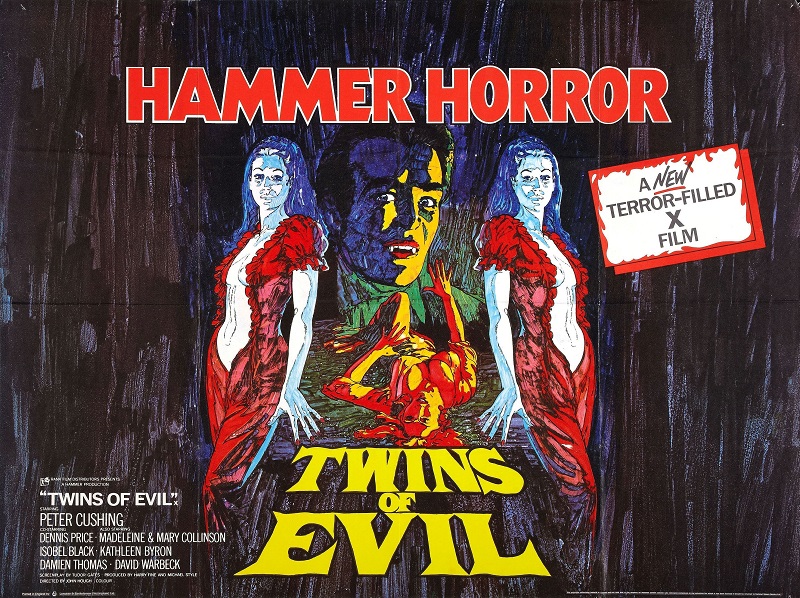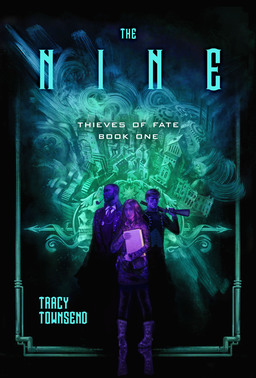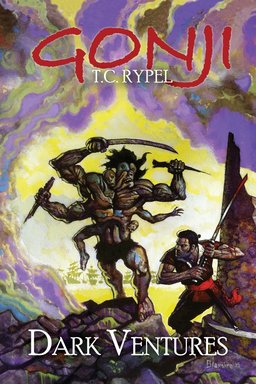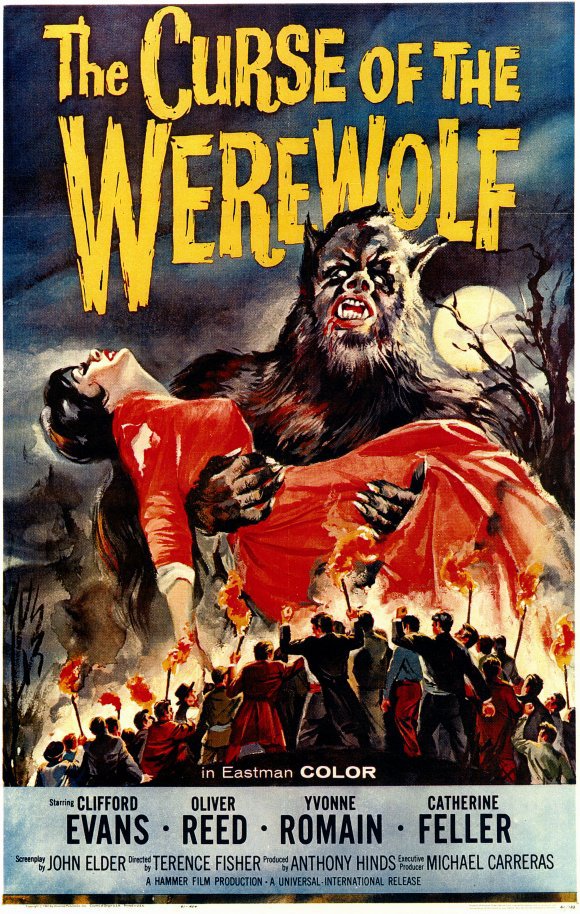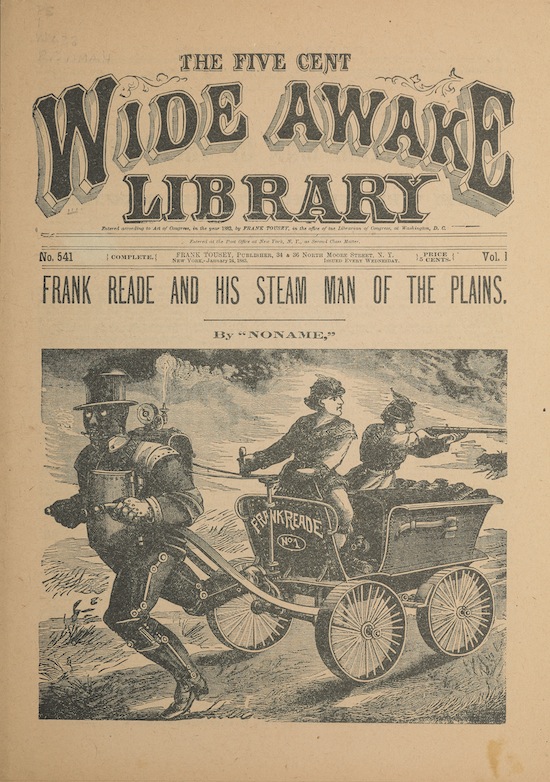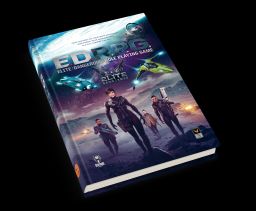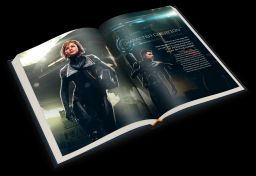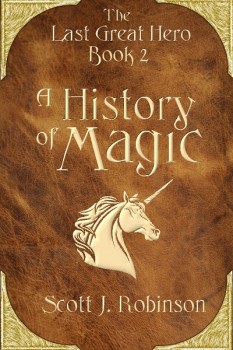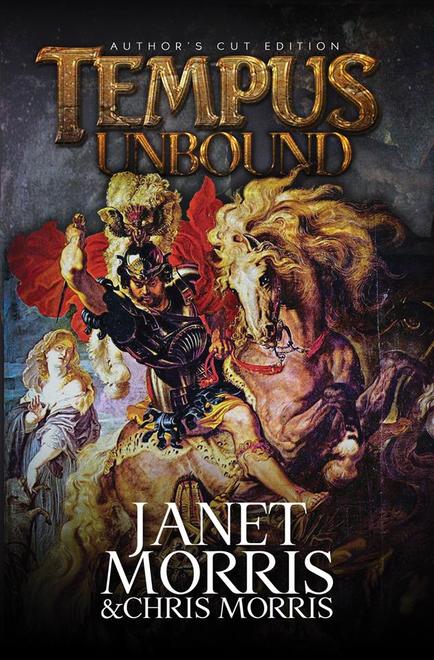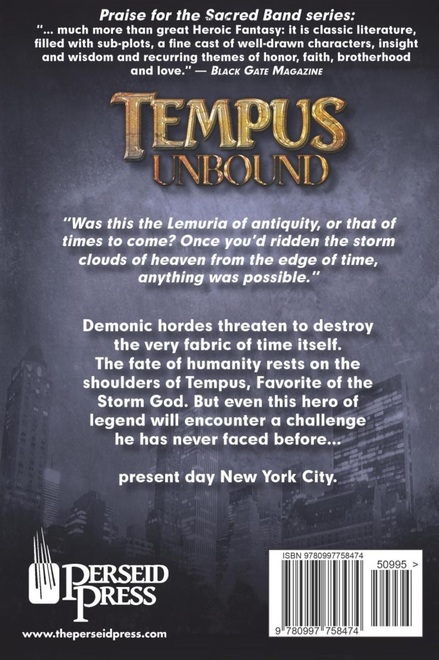Weird Sea Adventures: A Review of the Archipelago Kickstarter Reward Magazine
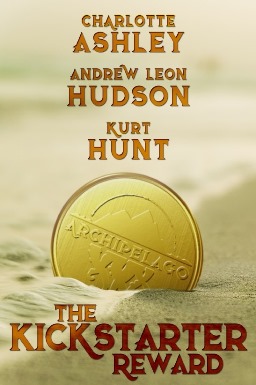
First there was the Weird Tale, which hit the mark. Then there was the Weird Western, which hit the mark for many, but not all. Now there is the Weird Sea…
The advent of Archipelago came to my attention on Black Gate via Brandon Crilly’s post post earlier this year, which included some cool art and a teaser story – “The Ur-Ring” by Charlotte Ashley.
As a longstanding fan of maritime literature, specifically the Richard Bolitho stories by Alexander Kent (pseudonym of Douglas Reeman) and C.S. Forrester’s Hornblower stories, my ears figuratively pricked up when I saw Brandon’s article. Maritime adventure combined with fantasy… what more could one ask? Hmm, a Cylon Base Star perhaps, but we won’t go there…
For those who haven’t read Brandon’s original post, the basic premise of Archipelago is that of a Shared World, where people from earth’s 17th century have come across various ocean based portals to another world. To quote the Kickstarter:
Four hundred years ago, when control of the world came to depend on naval power as never before, a courageous few set off on journeys of discovery and conquest that would alter the fates of nations in ways no-one could imagine.
But once they’d sailed the seven seas, what if they found another?
ARCHIPELAGO is a historical fantasy serial with multiple new episodes appearing every month. Imagine a blend of Moby Dick, Pirates of the Caribbean, Master & Commander and Game of Thrones — with Lovecraftian monsters lurking beneath the surface!
Looking at the Archipelago Kickstarter it became evident that they did not require a massive contribution, more just seed funding to get their project going. The rewards were interesting, insofar as one could — as was a common practice way back in the British military establishment — purchase a commission. The difference being that instead of buying a rank in the navy, one could purchase a custom mention in a future story, which I thought was pretty cool. As they state it:
Archipelago isn’t just about storytelling, though. Readers will have the opportunity to influence events as the adventure develops, sometimes in subtle ways, sometimes devastating.
I was hooked and proceeded to participate in the Kickstarter.
